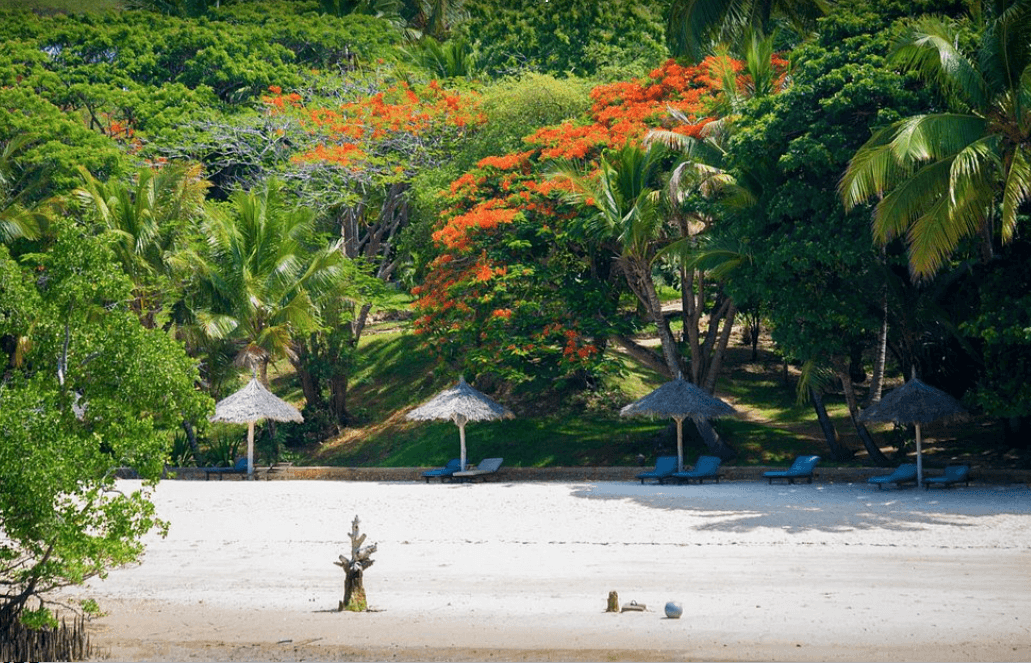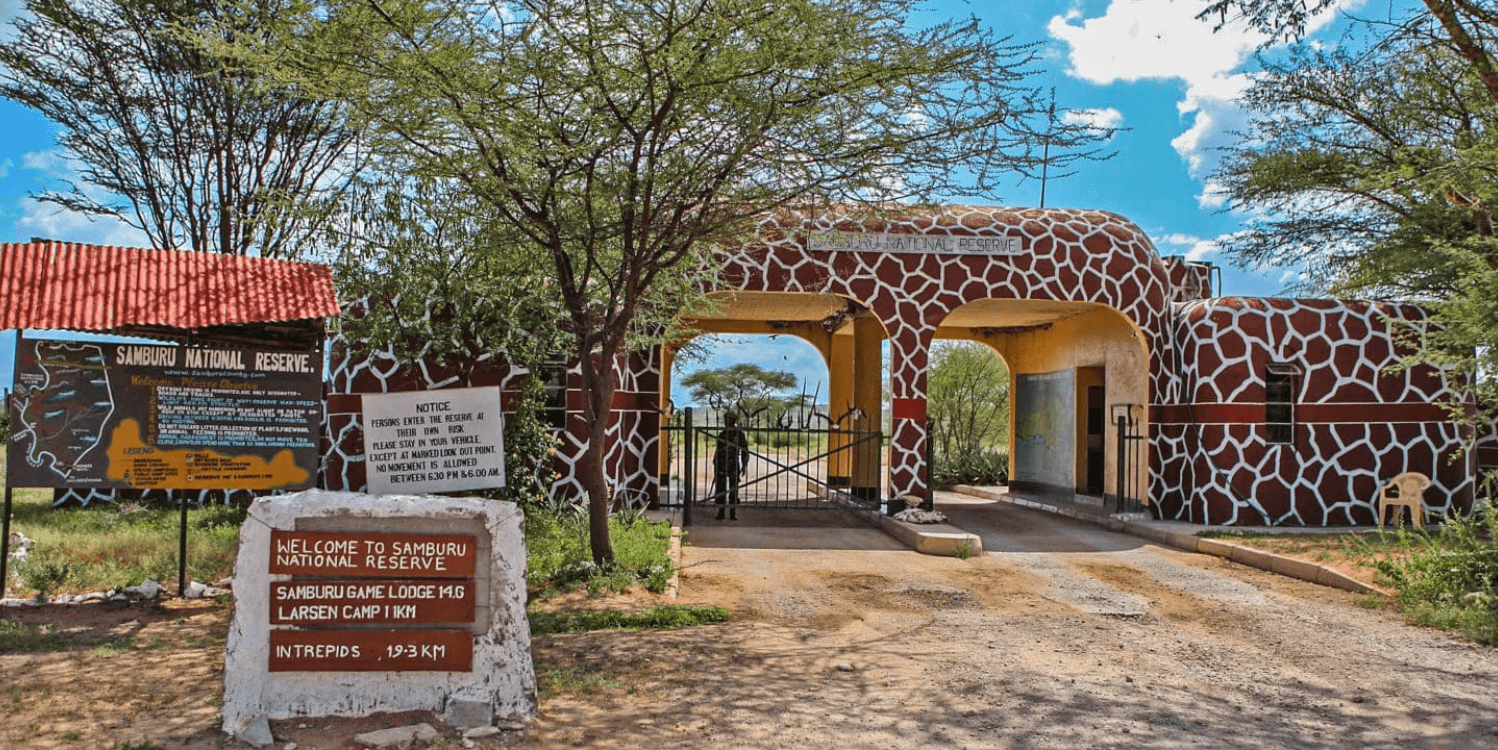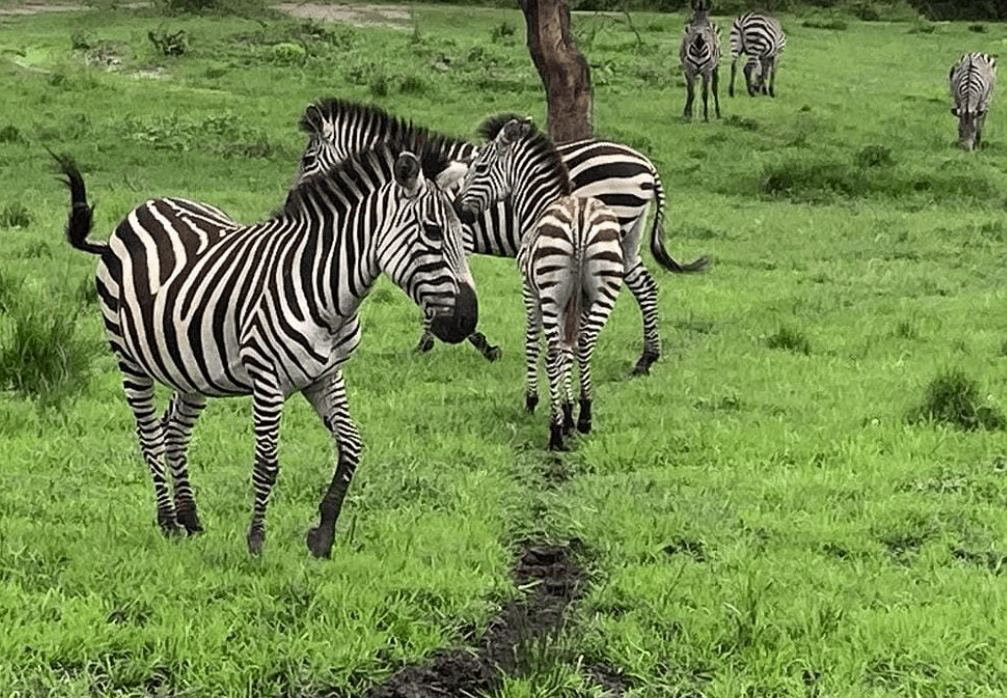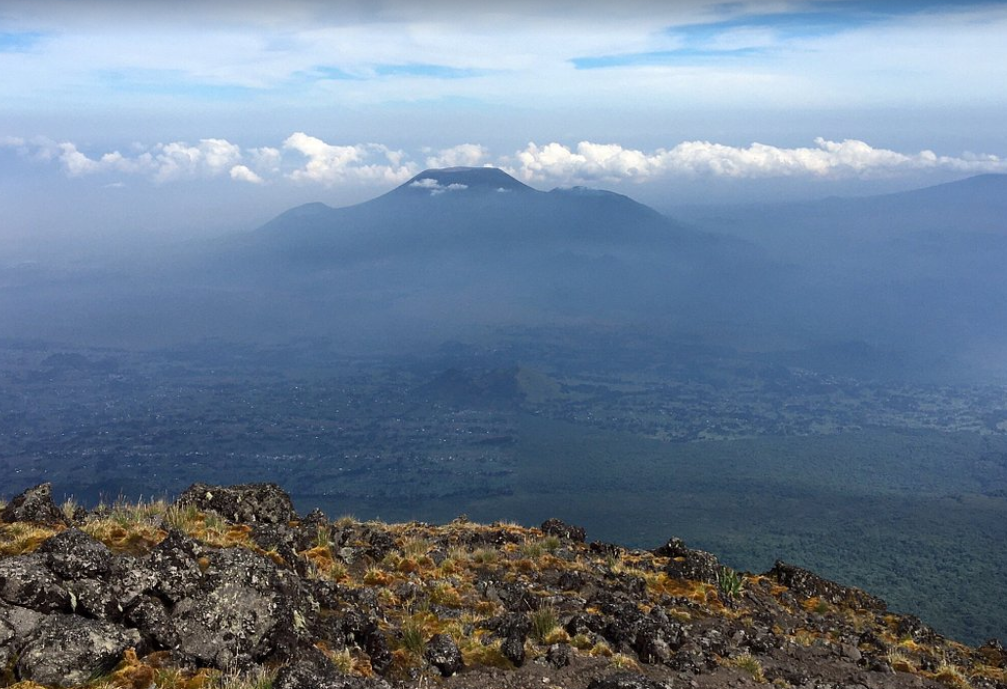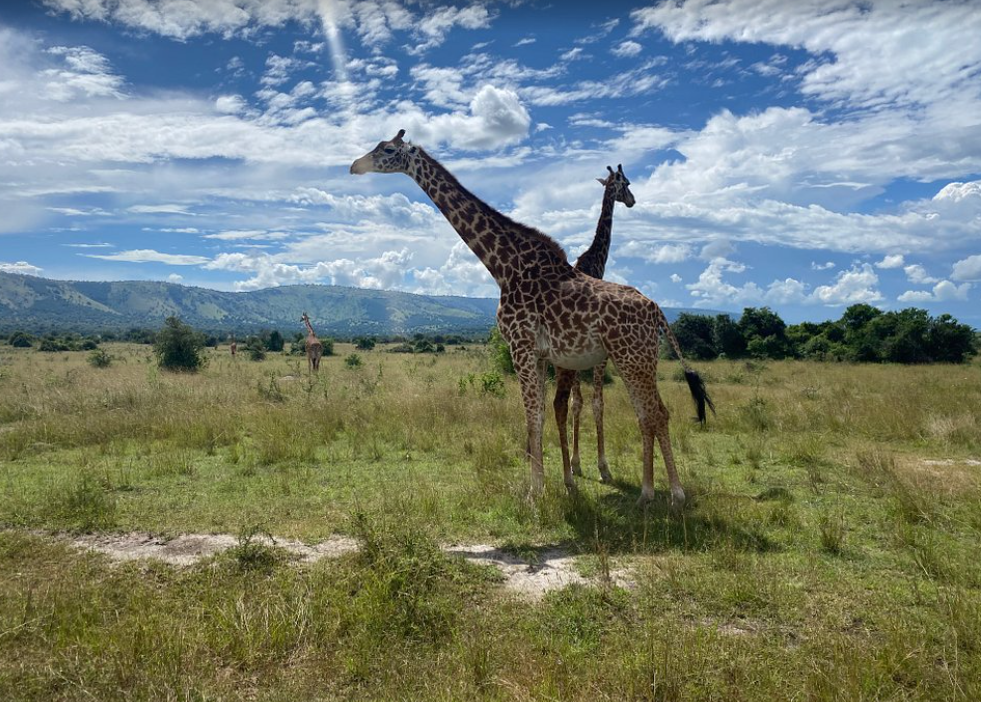Pangolin Rescue Center in Uganda: Conservation and Protection of the World’s Most Trafficked Mammal
Pangolins, often referred to as “scaly anteaters,“ are among the most unique and fascinating creatures in the world. However, they also hold the unfortunate title of being the most trafficked mammals on the planet. In Uganda, the illegal poaching and smuggling of pangolins have become a growing concern, pushing these shy, nocturnal creatures toward extinction.
To combat this crisis, the Pangolin Rescue Center in Uganda plays a crucial role in the rescue, rehabilitation, and conservation of pangolins. This facility is dedicated to saving pangolins from the illegal wildlife trade, providing medical care, and releasing them back into the wild.
In this article, we will explore the mission of the Pangolin Rescue Center, the challenges of pangolin conservation, and how visitors can support this vital effort.
What is the Pangolin Rescue Center in Uganda?
1. Mission and Purpose
The Pangolin Rescue Center in Uganda was established to:
- Rescue pangolins from poachers and illegal wildlife traders.
- Rehabilitate injured and traumatized pangolins before releasing them back into the wild.
- Raise awareness about pangolin conservation among local communities and global wildlife enthusiasts.
- Support research efforts to understand pangolin behavior and their ecological importance.
2. Location of the Rescue Center
The Pangolin Rescue Center is located in Uganda, close to key national parks and protected areas where pangolins naturally live. The center collaborates with Uganda Wildlife Authority (UWA), conservation organizations, and law enforcement agencies to ensure that rescued pangolins receive proper care and protection.
3. How the Rescue Center Operates
The center functions as a safe haven for pangolins confiscated from the illegal wildlife trade. Once a pangolin is rescued:
- It undergoes a medical examination to assess its health.
- If it has injuries or signs of malnourishment, it receives specialized care and nutrition.
- The rescue team monitors the pangolin’s progress and ensures it is strong enough for release.
- Once ready, the pangolin is carefully reintroduced into a protected natural habitat.
The Threats Facing Pangolins in Uganda
Despite their ecological importance, pangolins face numerous threats in Uganda and across Africa.
1. Illegal Wildlife Trade
Pangolins are highly sought after for their scales, meat, and medicinal use. Their scales are used in traditional medicine, particularly in parts of Asia, despite no scientific evidence of their medicinal value. This high demand fuels poaching and smuggling, making pangolins the most trafficked mammal in the world.
2. Habitat Destruction
Deforestation, agricultural expansion, and human encroachment destroy pangolin habitats, leaving them vulnerable to predators and poachers. As forests shrink, pangolins lose their natural hiding places and food sources.
3. Lack of Awareness
Many people, even within Uganda, do not know about pangolins or their critical role in ecosystems. This lack of awareness makes it easier for illegal traders to exploit local communities and convince them to sell pangolins.
4. Slow Reproduction Rate
Pangolins have low reproductive rates, with females giving birth to only one baby per year. This makes their populations highly susceptible to decline if they are overexploited.
How does the Pangolin Rescue Center Saves and Protects Pangolins
1. Pangolin Rehabilitation and Care
Once rescued, pangolins require specialized care because they are highly sensitive animals. The center provides:
- Proper nutrition – Pangolins feed exclusively on ants and termites, making their diet difficult to replicate in captivity.
- Medical treatment – Injured pangolins receive veterinary care for wounds, dehydration, and stress-related issues.
- Safe enclosures – The center provides naturalistic environments to help pangolins regain strength before release.
2. Anti-Poaching and Law Enforcement Efforts
The rescue center works closely with law enforcement agencies to combat pangolin trafficking. This includes:
- Tracking and intercepting illegal wildlife trade networks.
- Educating local communities about the legal consequences of pangolin poaching.
- Partnering with conservation organizations to increase surveillance in high-risk areas.
3. Community Education and Awareness Programs
One of the key ways to reduce poaching is by educating people about pangolins. The rescue center organizes:
- Workshops and campaigns in villages near pangolin habitats.
- School programs to teach young students about wildlife conservation.
- Alternative livelihood projects that help former poachers find legal and sustainable income sources.
4. Research and Conservation Studies
Since pangolins are elusive and rarely seen in the wild, the rescue center supports scientific research to better understand their:
- Population status and distribution in Uganda.
- Breeding and behavior patterns.
- Impact on ecosystem health, as pangolins help control insect populations by consuming ants and termites.
Best Time to Visit the Pangolin Rescue Center in Uganda
If you are a wildlife enthusiast, conservationist, or eco-tourist, visiting the Pangolin Rescue Center can be an educational and rewarding experience.
1. Best Seasons to Visit
Uganda’s climate allows for year-round visits, but the best time to explore conservation centers is during the:
- Dry Season (June to September & December to February) – Fewer rains make travel easier, and rescued pangolins may be more active.
- Green Season (March to May & October to November) – Lush landscapes make for a beautiful visit, though rains can make travel more challenging.
2. What to Expect During a Visit
A visit to the Pangolin Rescue Center typically includes:
- A guided tour of the facility.
- Learning about the rescue and rehabilitation process.
- Educational talks on pangolin conservation and illegal wildlife trade.
- Opportunities to support conservation efforts through donations or volunteering.
How You Can Help Protect Pangolins in Uganda
Even if you cannot visit the Pangolin Rescue Center in Uganda, there are many ways to support pangolin conservation.
1. Donate to Pangolin Conservation Programs
Many rescue centers depend on donations to fund veterinary care, rehabilitation efforts, and anti-poaching initiatives.
2. Spread Awareness
Educate others about the importance of pangolins by sharing information through social media, blogs, or community talks.
3. Avoid Buying Products Made from Pangolin Scales or Meat
If you travel to regions where pangolins are illegally traded, refuse to purchase any pangolin-derived products.
4. Support Eco-Tourism and Sustainable Travel
When visiting Uganda, choose ethical tourism options that support wildlife conservation efforts.
FAQs About the Pangolin Rescue Center in Uganda
1. Can visitors interact with rescued pangolins?
No, pangolins are wild animals, and minimal human interaction is required to prepare them for release.
2. How many pangolin species are found in Uganda?
Uganda is home to two species of pangolins: the Giant Ground Pangolin and the White-Bellied Pangolin.
3. Is pangolin trafficking illegal in Uganda?
Yes, Uganda has strict laws against pangolin poaching and trafficking under the Uganda Wildlife Act.
4. Can I volunteer at the Pangolin Rescue Center?
Yes, many conservation programs accept volunteers to help with education, research, and anti-poaching efforts.
The Pangolin Rescue Center in Uganda is playing a critical role in protecting one of the world’s most endangered mammals. Through rescue, rehabilitation, community education, and anti-poaching efforts, the center is helping to preserve pangolins for future generations.
By supporting conservation efforts, spreading awareness, and advocating for stronger wildlife protection laws, we can help save pangolins from extinction

